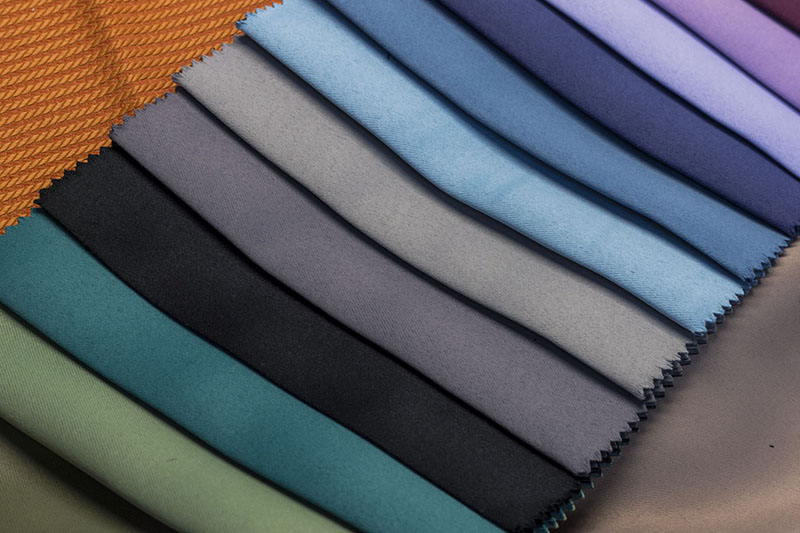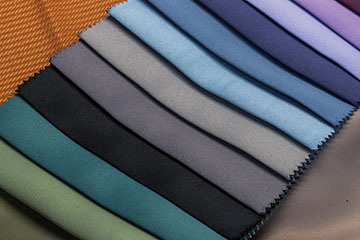This time, we are going to talk about the concept and uses of permanent flame retardant textiles.
A permanent flame retardant textile is a type of textile whose object is to avoid fire spread. Its main characteristic is its fire resistance capacity that keeps unchangeable over the years.
In other words, this flame retardant property does not change by the waste of the use of the cloth, neither washing, nor over the years.
Fire resistance makes reference to that characteristic of a textile type that ensures that flame does not burn or spread. Because of that fact, it gets fire extinction in an automatic way by retiring the ignition source.

Concept and uses of permanent flame retardant textiles
Permanent flame retardant properties of a textile are found in material of its composition and that does not depend on a finishing or a special process treatment.
In other words, it is made directly from yarns composed of fire-retardant fibres. Because of this reason, its properties are inherent.
The textile created with this type of yarns will keep answering with its fire reaction in the same way.
Among the most important and used flame retardant fibres in textiles, we can find mineral fibres such as fibreglass, synthetic as FR polyester modified, aramid fibres or FR Viscose.
Permanent flame retardant textiles developed by Manatex are optimum for different uses, overall, in our specialization in contract environments.
Moreover, we have a textile customisation service, able to reflect exclusive designs required by our clients.
All our flame retardant textiles are certified by official laboratories.
To close this post, we would like to highlight our Pyros collection. This innovative textile proposal covers decoration needs for all types of hotel projects of the Horeca Channel. Pyros safety total guarantee with all required properties in flame retardant technique textiles.
Photo credit: MNTX




